Choosing the correct type of steel is very important for any manufacturing or engineering job. Two popular options are “1018” and “4140” steel. Today we’ll explore the advantages of them, from 1018’s extraordinary weldability to 4140’s great strength.
What is 1018-Steel?
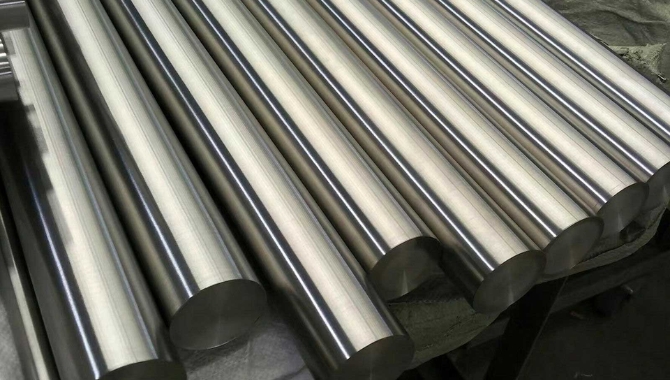
1018 is a low-carbon alloy that’s broadly used in construction and production. It has 0.15 to 0.20% carbon content owing to which it shows extraordinary machinability and weldability. This alloy balances ductility and strength well which makes it appropriate for structural parts, pins and automotive shafts.
What is 4140-Steel?
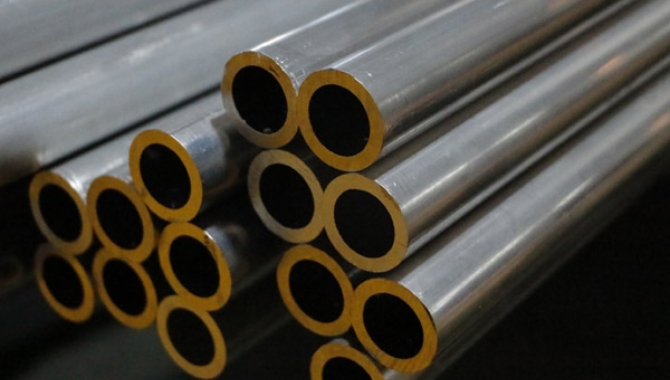
4140 is an alloy of chromium and molybdenum known for exceptional toughness and strength. This steel contains 0.38-0.43% carbon and gives wear resistance and hardenability. High-stakes operations such as aerospace landing gear and automotive crankshafts mostly use 4140 steel.
Top 8 Differences of 1018 vs 4140
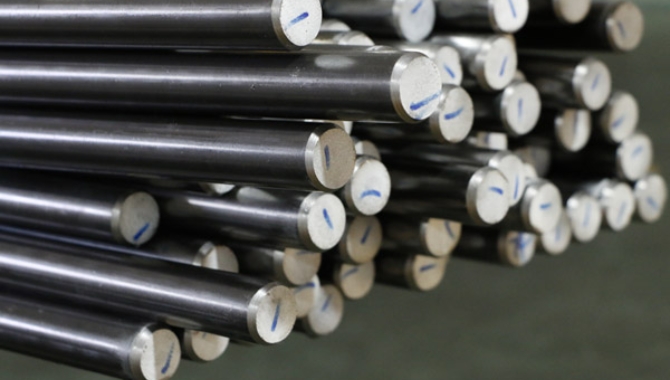
When choosing the right steel for your project, It’s very important to familiarize yourself with the main differences between 1018 and 4140 alloys. Let’s look at these distinctions, starting with their chemical composition.
1. Chemical Composition
1018 Steel: This low-carbon alloy has 0.15-0.20% carbon. Its 0.60-0.90% manganese content increases its strength without affecting machinability.
4140 Steel: 4140 steel’s composition is more complicated. It has 0.75-1.00% manganese and 0.38 to 0.43% carbon. Distinctive additions such as 0.15-0.25% molybdenum and 0.80-1.10% chromium increase its heat treatability and strength a lot.
Comparison Table:
| Element | 4140 Steel | 1018 Steel |
| Manganese | 0.75 – 1.00% | 0.60 – 0.90% |
| Carbon | 0.38 – 0.43% | 0.15 – 0.20% |
| Silicon | 0.15 – 0.30% | 0.15 – 0.30% |
| Phosphorus | 0.035% max | 0.040% max |
| Sulfur | 0.040% max | 0.050% max |
| Chromium | 0.80 – 1.10% | 0.15% max |
| Molybdenum | 0.15 – 0.25% | 0.060% max |
| Nickel | Not specified | 0.20% max |
| Copper | Not specified | 0.20% max |
| Iron | Balance | Balance |
2. Mechanical Property Comparison
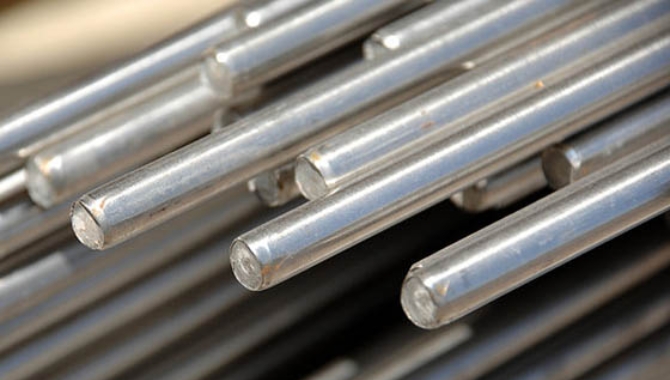
1018
With 370 MPa yield strength and 440 MPa pulling strength, 1018 steel gives moderate strength. Its 15% elongation at break means good ductility so it works well for automotive parts such as drive shafts and axles. It has adequate 126 Brinell hardness wear resistance for general use.
4140
4140 steel sets itself apart with remarkable strength. On the basis of heat treatment, its yield strength varies between 415-1585 MPa and tensile strength ranges from 655-1725 MPa. Its elongation at break is 11% to 25.7%. With 197-341 Brinell hardness, 4140 steel outshines under high stress and this makes it perfect for oil drilling machinery and aerospace landing gear.
Comparison Table:
| Property | 4140 Steel | 1018 Steel |
| Tensile Strength | 655-1725 MPa | 440 MPa |
| Yield Strength | 415-1585 MPa | 370 MPa |
| Elongation at Break | 11.0-25.7% | 15.0% |
| Reduction of Area | 56.9% | 40.0% |
| Hardness, Brinell | 197-341 | 126 |
| Hardness, Rockwell B | 92 (converted from Brinell) | 71 |
| Hardness, Rockwell C | 20-50 (after heat treatment) | Not applicable |
| Modulus of Elasticity | 190-210 GPa | 205 GPa |
| Bulk Modulus | 140 GPa | 140 GPa |
| Shear Modulus | 80 GPa | 80 GPa |
| Poisson’s Ratio | 0.27-0.30 | 0.290 |
| Machinability | 65% (of AISI 1212 steel) | 70% (of AISI 1212 steel) |
| Impact Strength | 54.9 J | Not typically specified |
| Fatigue Strength | 310 MPa | 170 MPa |
3. Machining and Welding Comparison
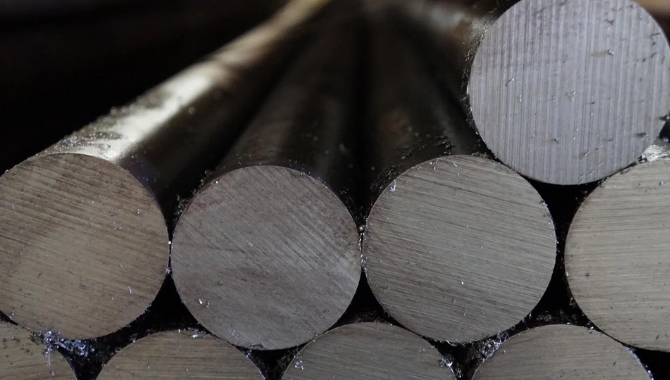
1018
1018 steel is easy to work with due to its rating of 70% machinability as compared to AISI 1212 steel. Its low carbon permits effortless drilling, cutting and milling. Welding 1018 steel is not complex. It rarely needs pre-heating under 1-inch thickness. These attributes make 1018 great for automotive operations such as linkages and brackets.
4140
4140 steel has a rating of 65% machinability versus AISI 1212 steel. It is somewhat complicated to machine but heat treating greatly increases its workability. Its welding requires 400-600°F preheating and post-weld treatment to stop cracking. So it’s best for high stakes aerospace uses like landing gears.
4. Heat Treating and Hardenability
1018
1018 steel doesn’t harden much because of the low carbon content. Annealing at 870-900°C generally reaches 126 HB maximum hardness. By case hardening, its can acquire 50-55 HRC surface hardness which is useful for automotive shafts and gears. But the soft core of 1018 steel limits its use where high stress is needed.
4140
Chromium and molybdenum give 4140 extraordinary hardenability. Quenching from 840-880°C then tempering at 200 to 650°C produces 20 to 50 HRC hardness variety. This multifunctionality makes 4140 the top choice for aerospace landing gear and oil drilling tools that need strength and wear resistance.
5. Corrosion Resistance
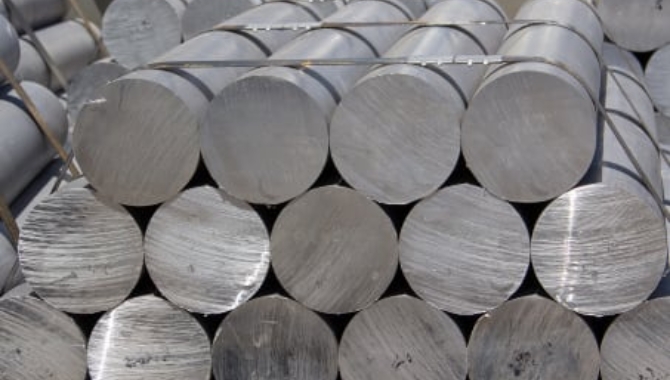
1018
1018 steel doesn’t offer much corrosion resistance because of its low alloy content. In marine settings, it can corrode at rates reaching 0.13 mm/year. To boost its durability against environmental factors, protective coatings are mostly needed. This is particularly true for auto industry like exhaust systems.
4140
The 0.8 to 1.1% chromium in 4140 steel supplies a protective oxide layer for better corrosion resistance. Salt spray tests show that rusting rates of 4140 steel are as low as 0.05 mm/year. Thus 4140 steel works well for oil and gas industries such as wellheads, valves and other parts.
6. Temperature Resistance
1018
1018 steel keeps structural firmness up to 350°C (662°F). But its low alloy content prevents high temperature uses. This sets 1018 up as less appropriate for industrial furnace parts or car exhaust systems. As temperatures increase, the load bearing capability of 1018 steel drops a lot because the temperature decreases its yield strength.
4140
4140 steel is better at heat resistance and keeps its strength up to 540°C. Oil drilling machinery and aerospace turbine parts benefit from this feature. Added chromium and molybdenum in 4140 steel improves its resistance to thermal fatigue which is very important for operations such as cyclic temperature shifts.
7. Forming and Bending
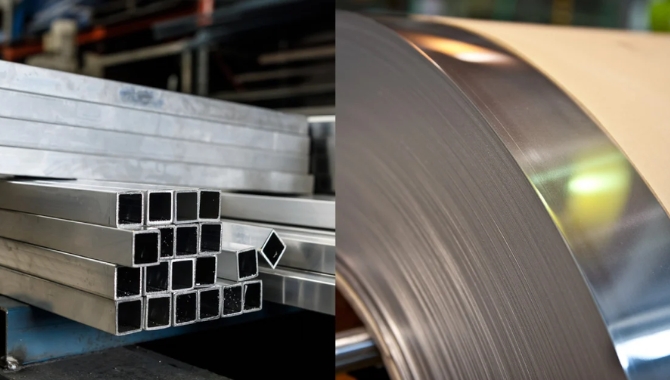
1018
Cold forming shows 1018 steel strengths. Its low carbon amount facilitates easy bending and shaping without cracks. Carmakers use this when creating intricate linkages and brackets. For 1018 steel, the minimum bend radius is mainly 1.5 times thickness that gives tight bends in structural parts.
4140
Shaping and bending 4140 steel needs more force owing to its higher strength. Complicated forms usually need hot forming from 1800 to 2100°F. Aerospace fields use 4140’s formability for landing gear parts. With 4140 steel, engineers must plan for a minimum bend radius of 2-3 times the thickness of material.
8. Cost Considerations
1018
High volume production benefits from budget friendly 1018 steel. At $450-600 per ton, it’s a price effective option for car parts such as linkages and brackets. Its lower alloys mean less manufacturing expense which is attractive for wallet-friendly production and construction contracts.
4140
Although, priced higher at $600-800 per ton, 4140 steel mostly saves for the long term through wear resistance and better strength. Oil drilling industries and aerospace invest in 4140 for critical parts such as drill collars and landing gear struts where operation outweighs starting cost.
Applications Based on Industry Needs
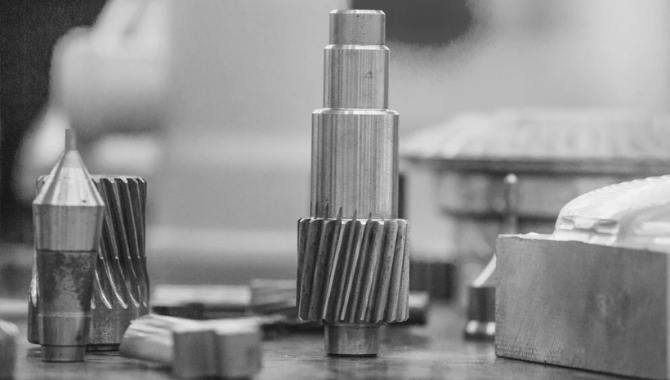
Different fields use the distinctive characteristics of 1018 and 4140 according to their particular requirements. Let’s look at how these types are applied in different fields.
Automotive Industry
The automotive field mostly uses 4140 steel for axles and crankshafts because of its high stress tolerance. But they prioritize 1018 steel for chassis components and body panels. Performance vehicles benefit from 4140’s greater strength while 1018’s formability works for mass produced car brackets and frames.
Manufacturing Equipment
Manufacturing machinery uses 4140 steel for high stress parts such as press plates and gear shafts. On the other side,1018 steel outshines 4140 in less demanding parts like machine brackets and frames. Heavy machinery leans on 4140 steel for strength while simpler equipment parts use 1018 steel for formability.
Construction and Structural Applications
In construction, non-load-bearing parts such as brackets and railings mainly use 1018 steel. But 4140 is outstanding for high stress structural pieces like columns and beams. With strength from 965 to 1300 MPa, 4140 steel outshines 1018 (370-440 MPa) for serious support structures. This guarantees better safety and durability in intricate builds.
Aerospace and Defense
Aerospace heavily uses 4140 steel for critical parts. Its remarkable 965-1300 MPa strength makes it perfect for engine shafts and landing gear. 1018 steel (370-440 MPa) is a good fit for non load bearing items such as fasteners and brackets. For defense uses, 1018 steel works for auxiliary tools and 4140 steel for armor plating.
Oil and Gas Industry
Oil and gas operations demand 4140 steel for high stake parts. Its corrosion resistance and higher strength make it best for wellheads and drill collars. 1018 outshines 4140 for less sensitive tanks and pipeline fittings. Its fabrication and cost effectiveness benefit non-serious gas and oil parts.
Comparison Table:
| Industry/Application | 4140 Steel Applications | 1018 Steel Applications |
| Automotive | Crankshafts, gear shafts, and high-stress parts | Axles, connecting rods, and body panels |
| Manufacturing Equipment | Heavy-duty machinery components | Machined parts, frames, and brackets |
| Construction | Load-bearing structures like beams and support frames | Beams, columns, and skeletal structures |
| Aerospace | Landing gear, engine parts, and structural elements | Non-load-bearing components |
| Oil and Gas | Drill collars, drill pipes, and high-load equipment | Pipelines and storage tanks |
1018 vs 4140: Which One Is Best for You?
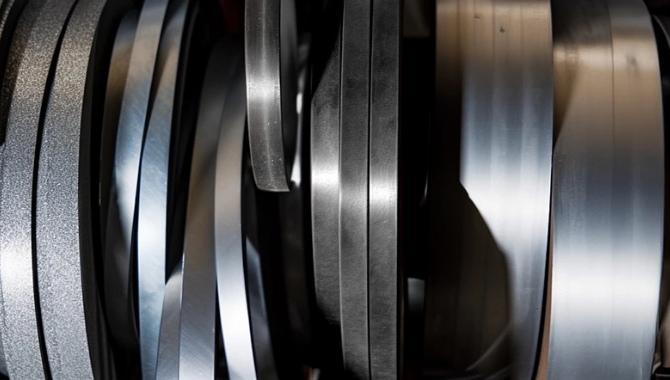
Your project’s needs should guide the choice between 1018 and 4140. For parts under low stress such as brackets or general structural components, 1018 steel has advantages with its good machinability (65% on the AISI scale) and affordability. On the other hand, high stakes uses like crankshafts or gears need 4140 steel’s better wear resistance and higher pulling strength. Carefully assess your project requirements to make the best pick.
Conclusion
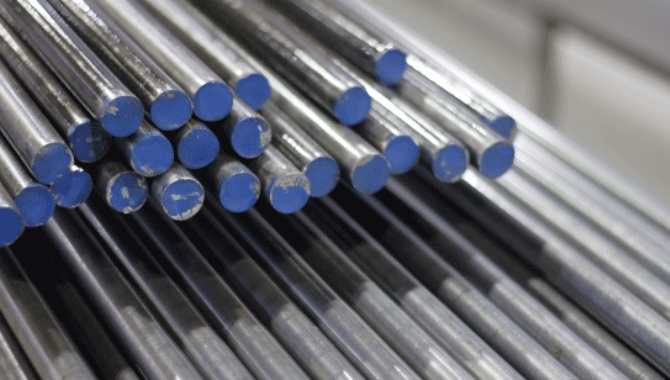
In short, there’s no definitive winner in the 1018 vs 4140 steel. 1018 steel is best for simpler, machinable and budget friendly uses while 4140 steel outshines in wear resistant and high stress applications. Consider performance expectations, exact demands and budget limits of your project, when deciding.
If you need professional advice or are looking for sheet metal fabrication services for 1018 or 4140 steel then KDMFab is a great option. Reach out to our team today and get customized support and suggestions.
FAQs
Is 1018 steel brittle or ductile?
1018 is ductile in nature. Its low carbon content contributes to its ductility which allows it to plastically deform on stress before breaking.
What do the digits in the steel grade mean?
In the SAE steel grade system, the four digits tell:
- First digit: Main alloying element
- Second digit: Secondary alloying components
- Last two digits: Carbon content in hundredths of a percent
For example, in 1045 steel, 10 shows plain carbon steel while 45 indicates 0.45% carbon content.




